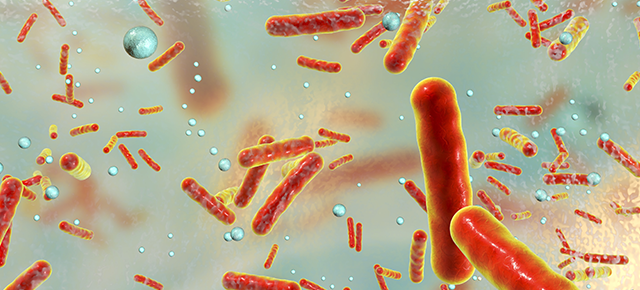
Protein Engineering Using an Expanded Genetic Code
Introduction
The chemical diversity of ribosomally synthesized proteins is naturally limited to the functional groups found within the 20 genetically encoded canonical amino acids. However, through the use of genetic code expansion technology, non-canonical amino acids (NCAAs) can be site-specifically incorporated into proteins expressed in live cells (bacteria, yeast and mammalian cells). The various NCAAs that have been genetically encoded so far, carry different chemical groups, ranging from chemical handles for bio-orthogonal labeling, to chemical protecting groups (including light sensitive groups) and natural posttranslational modifications. Our lab develops and utilizes genetic code expansion technology in bacteria and cultured mammalian cells, focusing on bioorthogonal conjugation and the study of the biochemical roles of lysine acylation.
The Technology

We developed new expression systems for efficient bioorthogonal labeling of proteins in live cells, with fluorescent organic dyes. Our expression vector was optimized to provide minimal background labeling and consequently high signal-to-noise ratio.
We also specialize in the genetic encoding of lysine posttranslational modifications, mainly acetylation. In particular, we have the ability to express, site-specifically, acetylated proteins in bacteria for biophysical, biochemical and structural studies. We also develop the required technology for expression of acetylated proteins in cultured mammalian cells. In addition, by reconstituting mammalian enzymatic deaceylation reactions in live bacteria, we study the deacylation activity of mammalian deacetylases using full-length and site-specifically acylated substrates.
As of today, the incorporation of over 150 NCAAs into expressed proteins were genetically encoded in various organisms. The technology developed in our lab enables the incorporation of these amino acids, while we can also evolve new aminoacyl tRNA synthetases for the incorporation of new amino acids.
Applications
- Site-specific conjugation of small molecules to proteins. For example, antibody drug conjugates.
- Fluorescent labeling of proteins in live cells using organic dyes. Compared to fluorescent proteins, fluorescent organic dyes are significantly smaller, brighter, more stable and can be attached to the target protein at virtually any position.
- Expression of proteins that are site-specifically modified by a specific posttranslational modification. For example – acetylation, propionylation, butyrylation, crotonylation, and 2-isohydroxybutyrylation.
- A unique ability to study post-translationally modified proteins in live cells.
Principal Investigator
Dr. Eyal Arbely, The NIBN and the department of Chemistry, Ben-Gurion University of the Negev, Israel.
